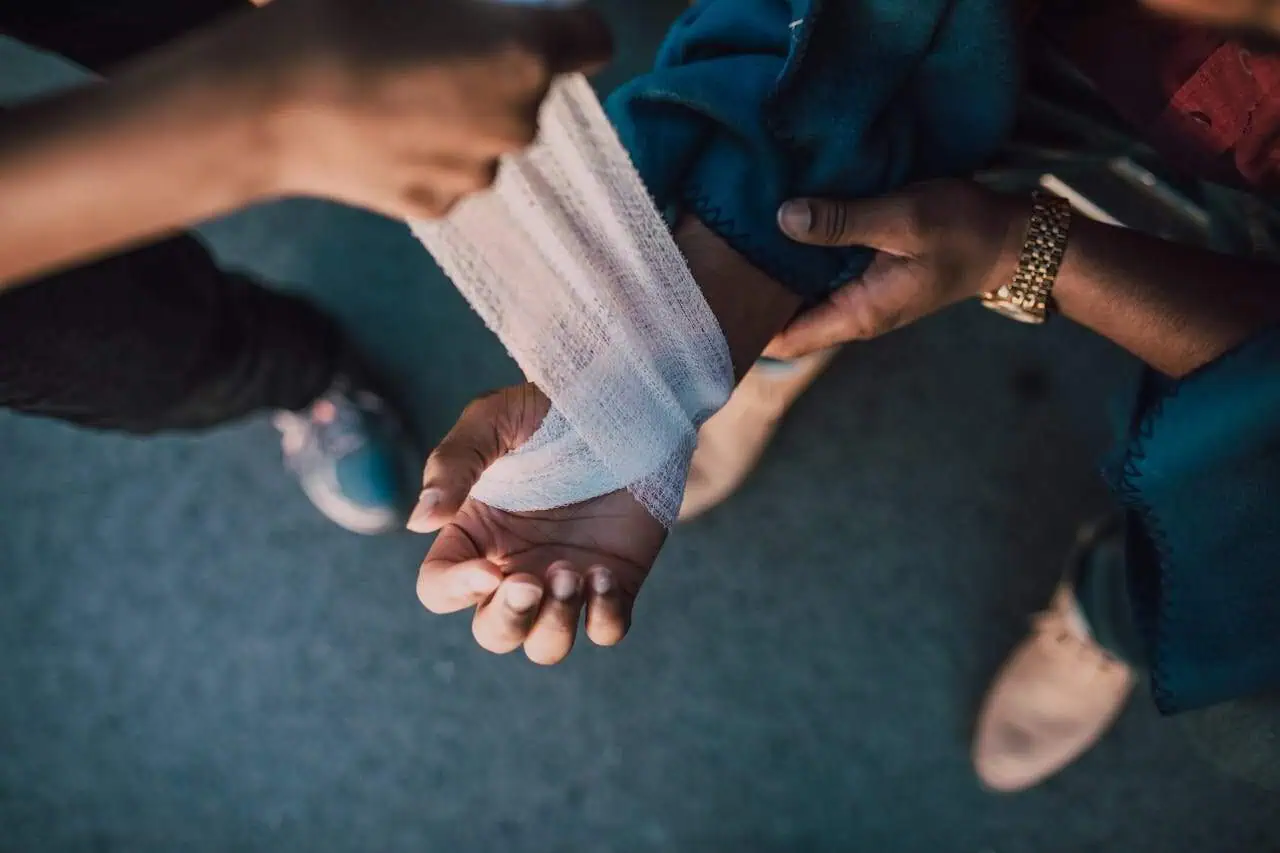Women are much less likely to suffer fatal injuries at work than men, but the male-centred design of equipment and machinery does put women in danger of unnecessary harm.
Each year, over a million employees are injured or made ill by their work in Great Britain where the impact can be felt on their quality of life. In addition, productivity loss and healthcare expenses are other consequences. Permanent disabilities or death can occur leaving families and dependents behind. When such a situation happens, it is critical that affected workers or families know their rights so that they can obtain worker’s compensation and financial protection. From seeking medical assistance to disability compensation, navigating worker’s rights is essential to address injuries and negligence in the workplace.
Fatal injuries
The Health and Safety Executive (HSE) statistics reveal that 123 workers perished in work-related accidents in 2021/22. The same report also stated that 94% of all worker fatalities were male. This is to a large degree down to the nature of occupational sex segregation.
The Safety and Health Practitioner (SHP) infographic shows that men are 23 times more likely to die at the workplace compared to women. They also face more life-threatening injuries than women due to the type of industry they are in. Most fatalities are in typically male industries such as agriculture and construction, where workers are more likely to face physical hazards, including falling and being crushed by a machine. It’s worth noting that there is also a significantly higher rate of fatality among the over 60s and also among self-employed workers.
Women and workplace hazards
In situations where both men and women carry out the same roles and activities, they can have different experiences and demands. Women tend to pay more attention to health and safety rules and instructions and take fewer risks.
In the UK women dominate the health and social work sector, accounting for 78% of jobs, whilst in education, women hold 70% of all jobs. The wholesale/retail trade is the next category where the majority of positions are held by women. Regardless of the industry, both men and women are at risk for any type of workplace injuries. The most common fatal work-related injuries experienced by all workers are falls from height followed by being struck by a moving object, contact with moving machinery, and being trapped by an object collapsing or overturning. Muscle strain is also a common complaint amongst workers who must lift heavy objects or do repetitive motions.
The good news is the health and safety profession in the UK is making progress in integrating the needs of women as a distinct group of workers. One of the significant initiatives by the Women’s Engineering Society (WES) is the extensive research it undertook on safety clothing and footwear. Per the research, there is a lack of availability of personal protective equipment (PPE) specifically designed for women. Female employees who were interviewed for the study said that their PPE was just a smaller version of the men’s clothing. Hence, women found it difficult to work safely and accurately because the PPE was not made for them. Fortunately, employers are taking notice. In December 2015, Transport for London (TfL) launched its first collection of safety clothing for women. Another company, Greggs plc adjusted machinery to accommodate its predominantly female workforce and reduce possible upper limb disorders.
Women rarely suffer fatal injuries at the workplace, but they face unnecessary harm when working with equipment and machinery that has been designed for the male standard. Addressing those anomalies will improve workplace health and safety in addition to increased productivity and reduced inequality.

